Clean water is an attainable reality. Even though reverse osmosis isn’t the best option for filtering water, there are plenty of options that work.
Finding a system that removes the nasty particles while leaving the beneficial minerals intact is essential for helping increase your family’s overall health.
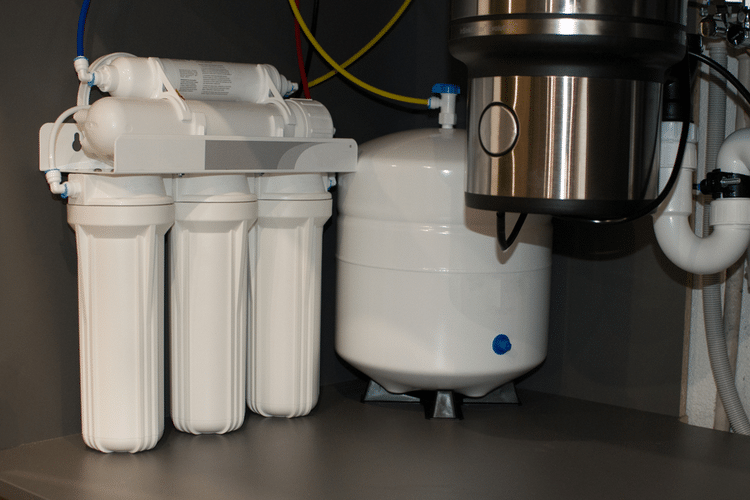
1. Activated Carbon Filter
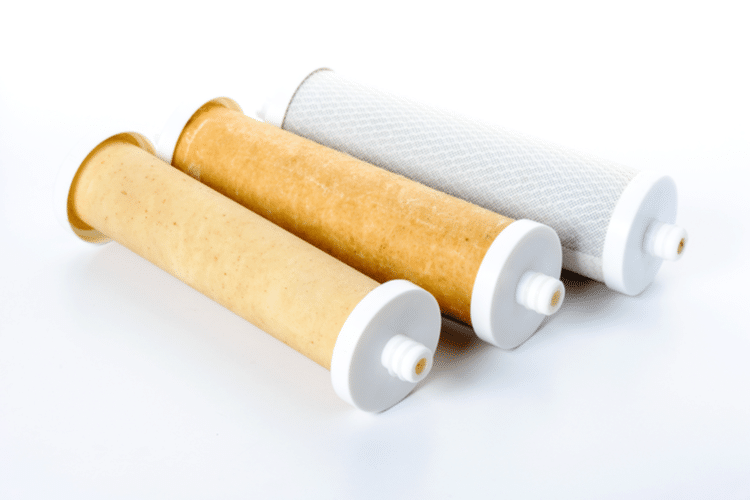
Activated carbon is typically used in conjunction with reverse osmosis to remove harmful particles from water, like bacteria and nasty pathogens. If you want to limit the bacterial presence in your drinking water, activated carbon filters can help you.
Activated carbon works through absorption, which absorbs the particles that you don’t want in your water. The activated carbon attracts contaminants, which stick to the carbon filter surface.
These filters are more reliable for cleaning drinking water while leaving the good minerals intact. They’re also significantly cheaper than reverse osmosis systems.
2. Distillation
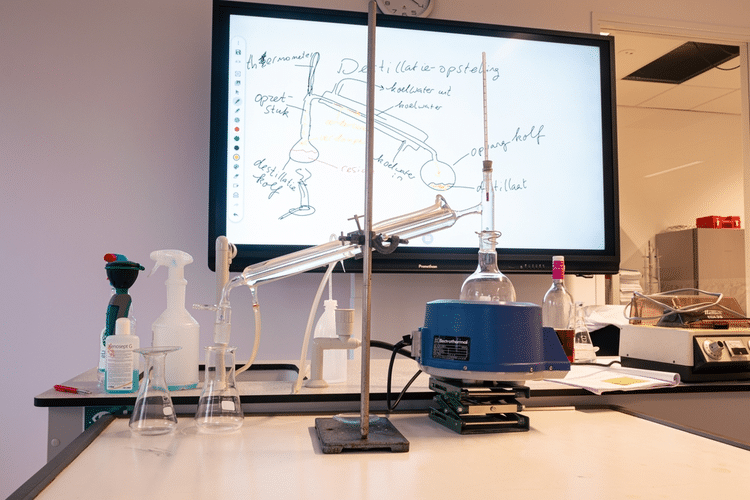
Distillation is one of the single most effective means of water filtration.
It vaporizes and condenses water back to its liquid state, completely eliminating contaminants.
Water filtration through distillation successfully removes most of the contaminants you might find in drinking water. That includes harmful bacteria, which is the hardest contaminant for reverse osmosis to remove.
One downside of a distillation option is a time-consuming filtration method. It can also be more expensive and requires significant maintenance.
3. Sediment Filters
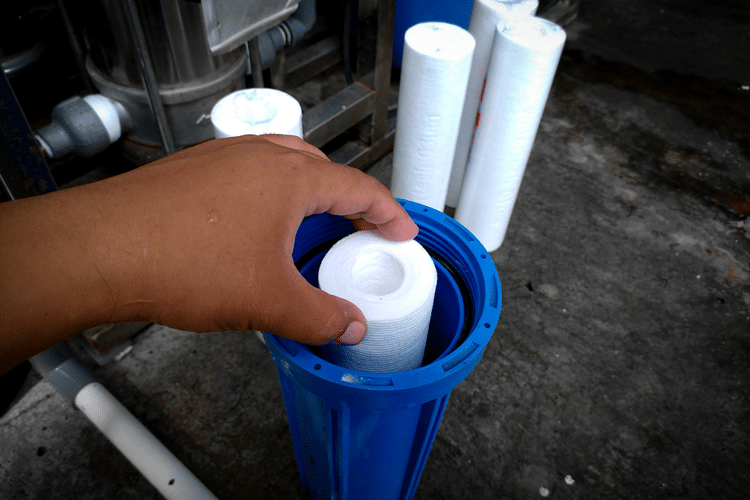
Sediment filter is a critical element of any water purification process.
It is one of the most basic water purification systems. It’s simple, and you can install and replace them yourself.
A sediment filter will catch much of the sediment in your water and prevent it from leaking through the faucet.
There are different sizes of sediment filters measured by microns, and they each work to remove certain levels of filth.
However, it won’t catch all contaminants. For this reason, a sediment filter often works best in conjunction with other water purification systems.
4. Activated Alumina Filter
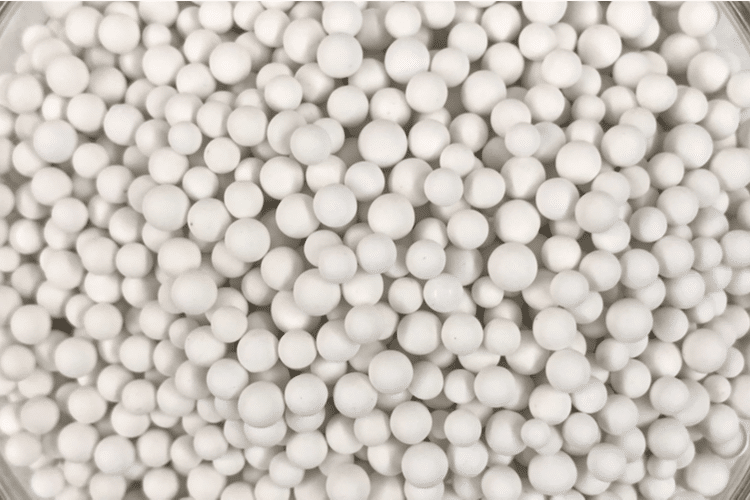
The activated alumina filter can work either at entry or at the point of use in your home.
It operates through the process of absorption instead of filtration, and its effectiveness is often dependent upon the type of contaminant present in the water.
The activated alumina filter has been proven to remove up to 99% of certain contaminants, depending on the concentration and the ion levels.
The ions that this filter is adept at removing includes arsenate, fluoride, sulfate, selenate, and uranium.
Its main downside is that the filter does not successfully remove all contaminants.
The filter is also pH sensitive, which means it requires more adjustments and maintenance than other options.
5. Ultraviolet Disinfection
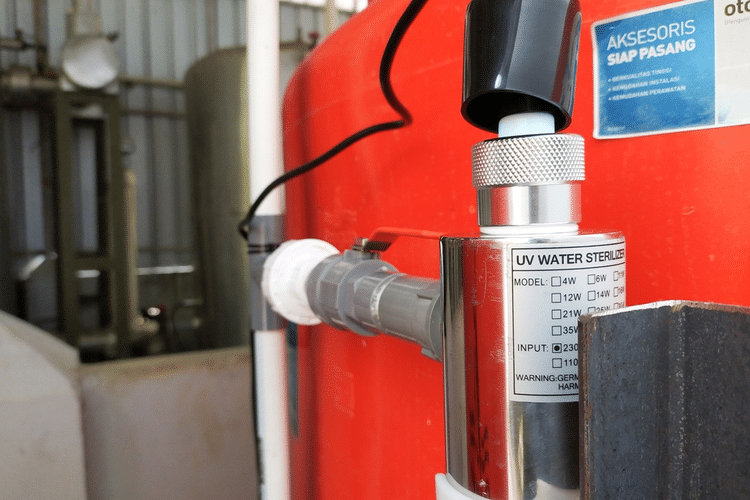
Ultraviolet disinfection is known to kill almost 100% of all microorganisms present in drinking water.
Using UV rays, the system cleans water and requires almost no maintenance. It’s also extremely cost-effective and considered eco-friendly.
The main drawback to UV disinfection is that it only removes microorganisms. Most pathogens that might be present in the water won’t be affected by the UV rays.
Why Shouldn’t You Use Reverse Osmosis?
Multiple scientific studies have linked reverse osmosis to acute magnesium and calcium deficiency, muscle cramps, cardiovascular disorders, and depleted energy reserves.
Reverse osmosis is a water filtration and purification process that removes various chemicals and unwanted particles and substances from drinking water.
It utilizes partially permeable membranes that separate the water from molecules and the undesirable objects.
The process works by external pressure applied to potable water, reversing the osmotic flow and forcing the water through the semipermeable membrane.
The membrane filters out the particles and, theoretically, produces drinkable water.
Reverse osmosis came about in response to a growing concern about the world’s water supply. It was used in large part as a means to remove salt from seawater.
That, in turn, increased the overall water supply. Desalination occurs through other means, but reverse osmosis is one of the primary processes that make this happen.
One example of reverse osmosis working is in Perth, Australia. Perth is a dry part of the world, although it is right on the coast of Western Australia.
About 15% of the water supply comes from desalinated seawater provided by a reverse osmosis plant in Perth.
While reverse osmosis appears to be effective for removing a significant portion of ions, particles, and bacteria, it also seems to present some health issues for people.
In particular, many people have reported problems after consuming water that was filtered by reverse osmosis.
One of the primary reasons for that is that reverse osmosis filters out minerals suitable for human consumption.
Water that contains a healthy amount of magnesium, calcium, and potassium is left depleted after being filtered through reverse osmosis.
And while reverse osmosis removes essential minerals, it does not effectively remove chlorine or properties that make hard water.
Another element is needed in conjunction with the reverse osmosis system to remove these substances effectively.
Activated carbon is typically used along with reverse osmosis, and it does much of the work.
The fact is that reverse osmosis works as a filtration system for non-potable tap water. However, it’s expensive to install and maintain, and it requires a lot of maintenance.
Since it removes chlorine from water, it increases the risk of bacteria growing after filtration. What’s more, the minerals that it draws from water are essential for human health.
The good news is that reverse osmosis is not the only water filtration and purification system available. It’s not even the most accessible option. Many reverse osmosis alternatives are cheaper, easier to maintain, and more effective.
Absolutely! Installing an advanced water filtration system has an abundance of benefits. From better health and wellness to a cleaner home, cleaner water can impact the entire household. Not only do water filtration systems produce healthier water than tap water, but they are also much more cost-effective than bottled water.
Do you know of any whole house water filtration systems that do not use coconut based filters? I’m severely allergic to sulfites and I understand the coconut shells they use are sprayed with sulfites.
Hi Laurie, great question. The SpringWell systems have switched from coconut-based filters to catalytic carbon filters. We are big fans of the SpringWell system and I also just e-mailed you directly information, as well. Thanks for reading.